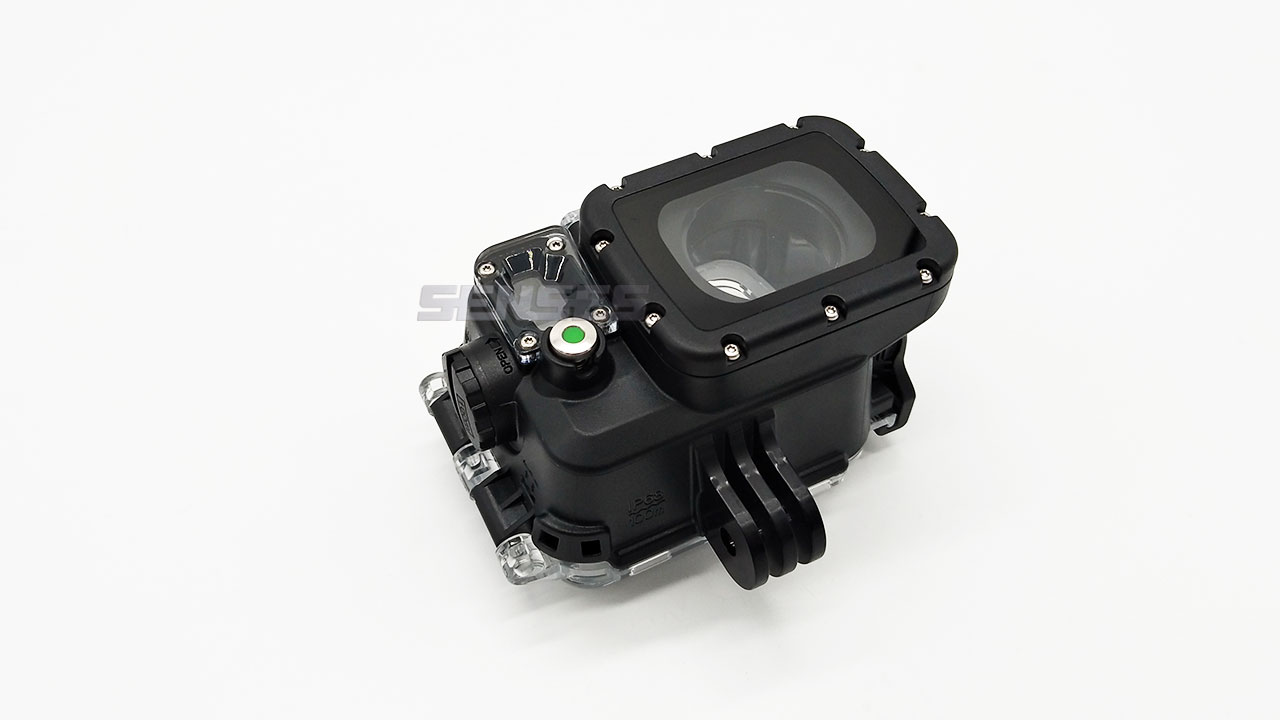Leveraging the efficiency of injection molding technology, we can expediently produce plastic enclosures for electronic components, adeptly managing a variety of shapes, sizes, and intricate designs. This methodology not only facilitates the creation of custom plastic housings to meet specific application needs across various industries but also ensures a cost-effective and time-efficient manufacturing process.
Moreover, our commitment to quality is unwavering, utilizing only the highest-grade materials, which are renowned for their resistance to impact, temperature, UV, and corrosion, ensuring the durability and reliable performance of the electronic project boxes in numerous applications. In essence, injection molding emerges as a synergistic solution, combining swift, economical, and precise manufacturing, safeguarding electronic components with steadfast protection. Connect with Our Expert Team Now to Resolve Your Challenges Promptly and Efficiently.
Overview: The Fusion of Electronics and Injection Moulding

Engaging in the plastic injection moulding process is typically characterized by its efficiency and expedient nature, becoming a linchpin to maintain the momentum alongside the other manufacturing processes engaged in birthing electronic components, casings, and accessories. The nimbleness of the injection moulding process doesn’t just fulfil a manufacturing need; it is instrumental in seamlessly weaving through the intricate tapestry of electronic manufacturing, ensuring that both the protective and ancillary components are always in tune with the ceaseless innovations of the sector.
Harmonizing Speed, Efficiency, and Affordability in the Electronics Sector
In the pulsating rhythm of the electronics sector, success is oftentimes hinged upon the triad of rapid production times, seamless manufacturing, and economical practices. The plastic injection moulding process emerges as a sterling solution, offering not only these essentials but extending beyond them. Once the intricate machinery and meticulously crafted moulds are established, the ensuing journey unfolds with competitive ongoing costs and modest staffing prerequisites. The resultant products stand as paragons of durability, aesthetic appeal, and uniformity, ensuring an impeccable fit and an enduring lifespan, effectively harmonizing swift production and quality in a sector where both are paramount.
Why Injection-Moulded Electronics Parts Stand Out?
- Precision: The unparalleled accuracy in shaping parts, ensuring optimal functionality and fit.
- Scale: An ability to mass-produce components without compromising quality or consistency.
- Material Versatility: Harnessing various polymers to cater to diverse physical and electrical property requirements.
- Cost-effectiveness: Despite the initial investment in moulds, the per-unit production cost is significantly reduced.
Crafting Comprehensive Components in Consumer Electronics through Injection Moulding
Consumer electronics components, sculpted through injection moulding, might present themselves in a spectrum from the straightforward to the intricate. Employing injection moulding for crafting complex plastic electronic components emerges as an economically astute choice, often uniting multiple elements into a single entity and thereby alleviating costs associated with fabricating and conjoining several discrete pieces.
Applications of Injection Moulded Electronics Parts
1. Wearables: From fitness trackers to smartwatches, injection moulding crafts sleek, durable, and lightweight parts that stand up to daily wear and tear.
2. Medical Devices: In devices where reliability can be life-saving, moulded parts ensure consistent performance and safety.
3. Consumer Electronics: Precision components in our daily gadgets, like smartphones and laptops, are often birthed from meticulous moulding processes.
4. Automotive Electronics: Reliability and precision are key in vehicle electronic components, and injection moulding delivers just that.
5. Aerospace and Defense: Crafting robust and precise electronic components that can withstand extreme conditions.
Materials Commonly Used for Injection Moulded Electronics Parts

The intricate world of electronic component injection molding necessitates a keen selection of materials, each playing a pivotal role in safeguarding the fragile electronic internals and assuring functionality across diverse conditions. Below, we spotlight several materials frequently deployed, each notable for its distinct properties and suitability for varying applications:
- Polycarbonates (PC)
- Characteristics: Boasting high impact resistance, translucency, and excellent electrical insulating properties.
- Applications: Predominantly utilized in crafting robust, transparent components such as LED light pipes and connectors.
- Polyphenylene Sulfide (PPS)
- Characteristics: Provides excellent chemical resistance, inherent flame retardancy, and stability under high temperatures.
- Applications: Commonly chosen for components requiring thermal resilience, such as sockets or connectors.
- Liquid Crystal Polymers (LCP)
- Characteristics: Known for outstanding electrical properties, heat resistance, and flowability in fine sections.
- Applications: Apt for compact, high-density components, such as connectors and microswitches, due to its ability to fill extremely thin walls during molding.
- Polyether Ether Ketone (PEEK)
- Characteristics: Celebrated for its robustness, chemical resistance, and thermal stability.
- Applications: Perfect for crafting high-performance components like gears and insulators, especially in challenging environments.
- Acrylonitrile Butadiene Styrene (ABS)
- Characteristics: Offers a balanced profile of impact resistance, ease of molding, and electrical insulating capabilities.
- Applications: Extensively employed for developing enclosures, casings, and various protective housings for electronic components.
- Polyamide (PA or Nylon)
- Characteristics: Renowned for its electrical insulation, mechanical strength, and resistance to chemicals.
- Applications: Used in manufacturing enduring components like bearings, gears, and electrical insulation parts.
The judicious selection of materials, intertwining factors like the operational environment, electrical needs, and mechanical requirements, lays the cornerstone for producing electronic components that not only endure but excel in performance and reliability throughout their lifecycle.
Conclusion
Injection molding stands as a pivotal force in the fabrication of electronic components, predominantly leveraging the versatile and advantageous properties of plastics. These materials, celebrated for their inert nature, flexible applicability, and both conductive and non-conductive capacities, underscore a substantial reduction in assembly costs. As we peel back the layers of numerous electronic components, the presence of meticulously molded plastics is ubiquitous, thereby testifying to the quintessential role of injection molding in converging practicality and innovation in electronic manufacturing.
Senses is your comprehensive partner for injection molding solutions, offering expertise from design and tooling to material selection and manufacturing. Contact our specialized team today to address your specific needs and find a solution.





